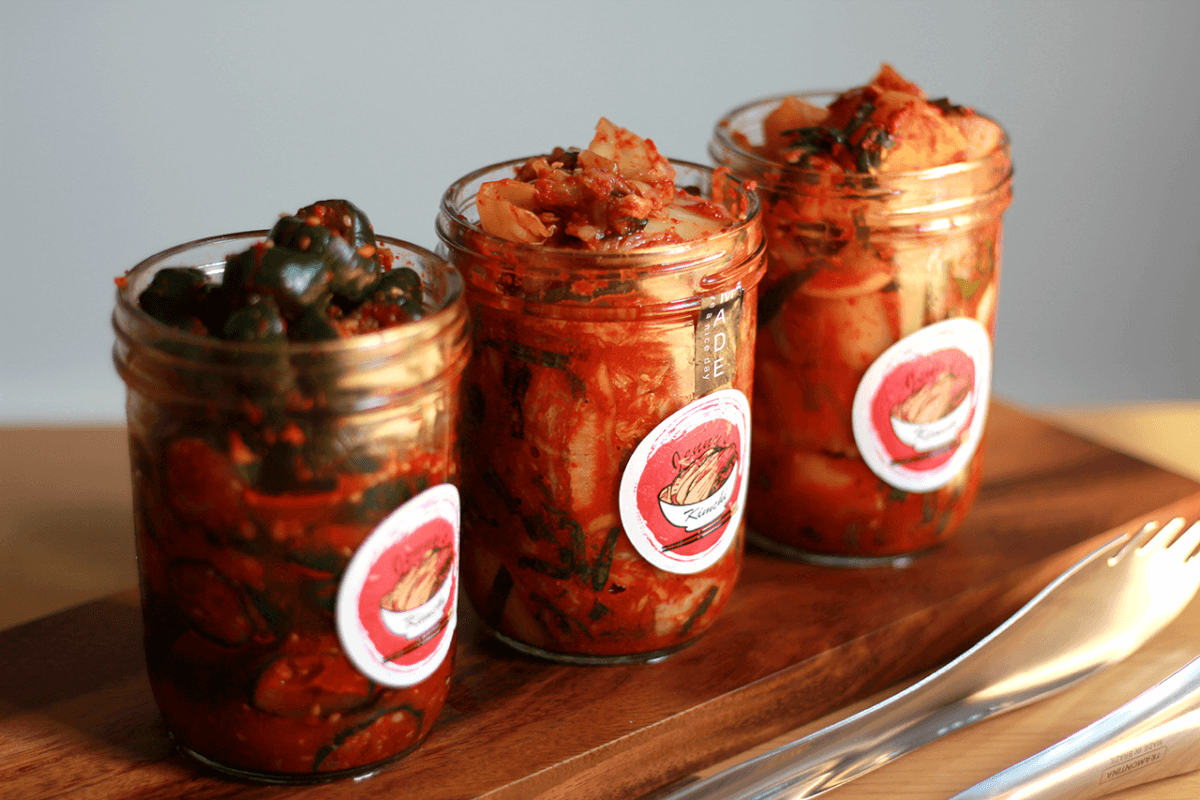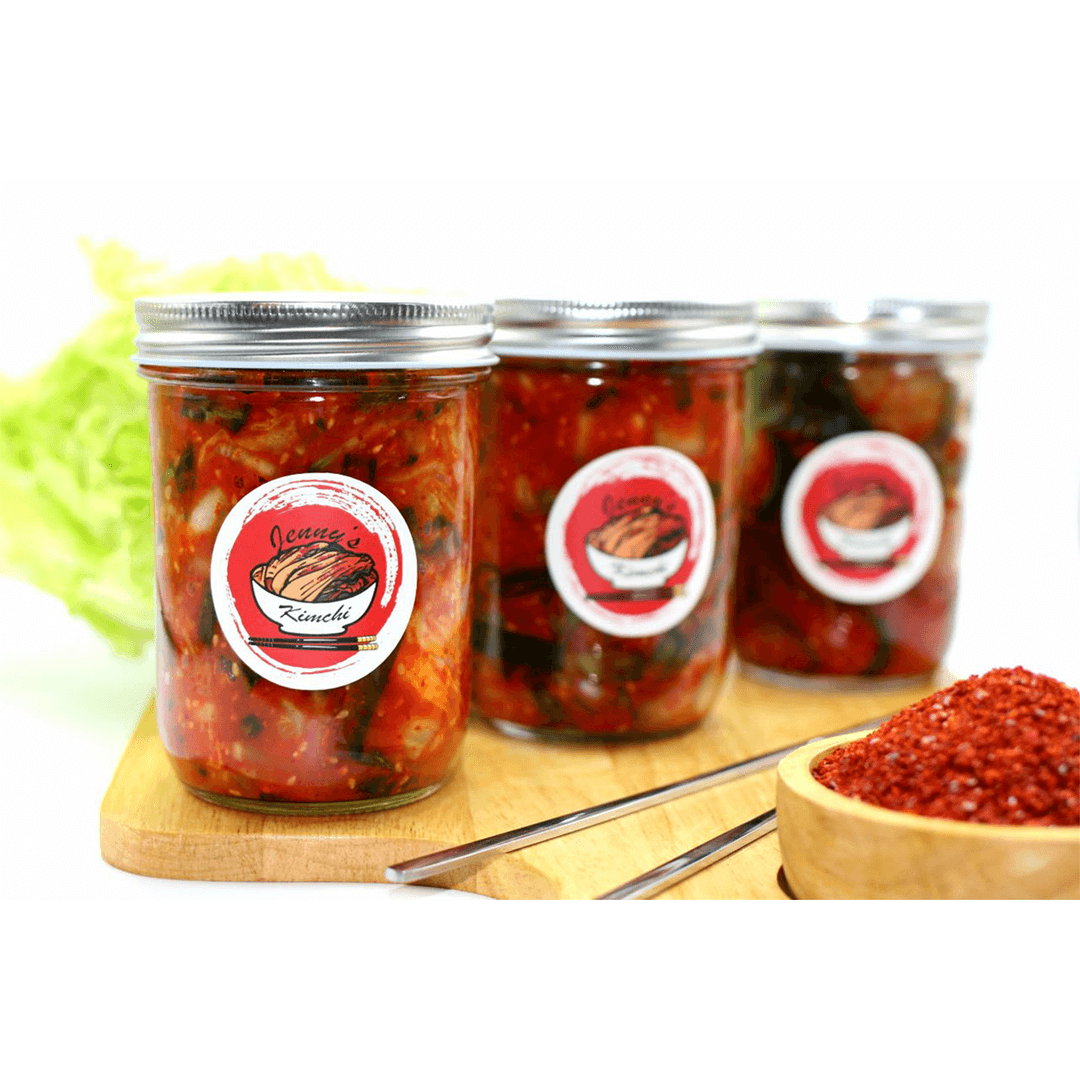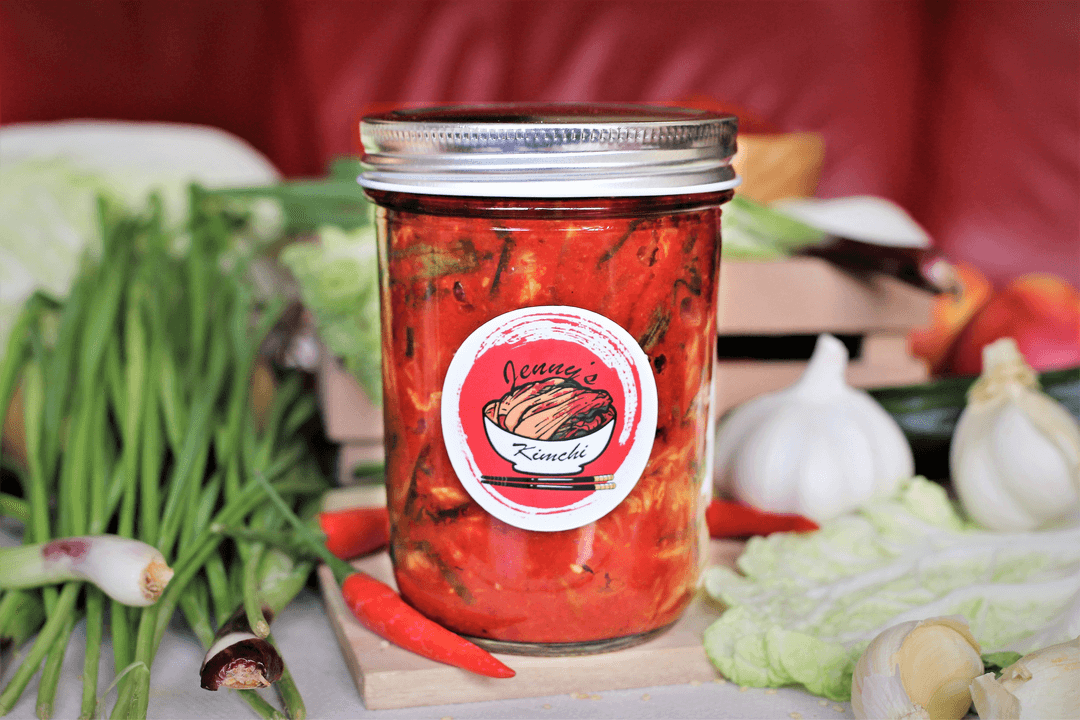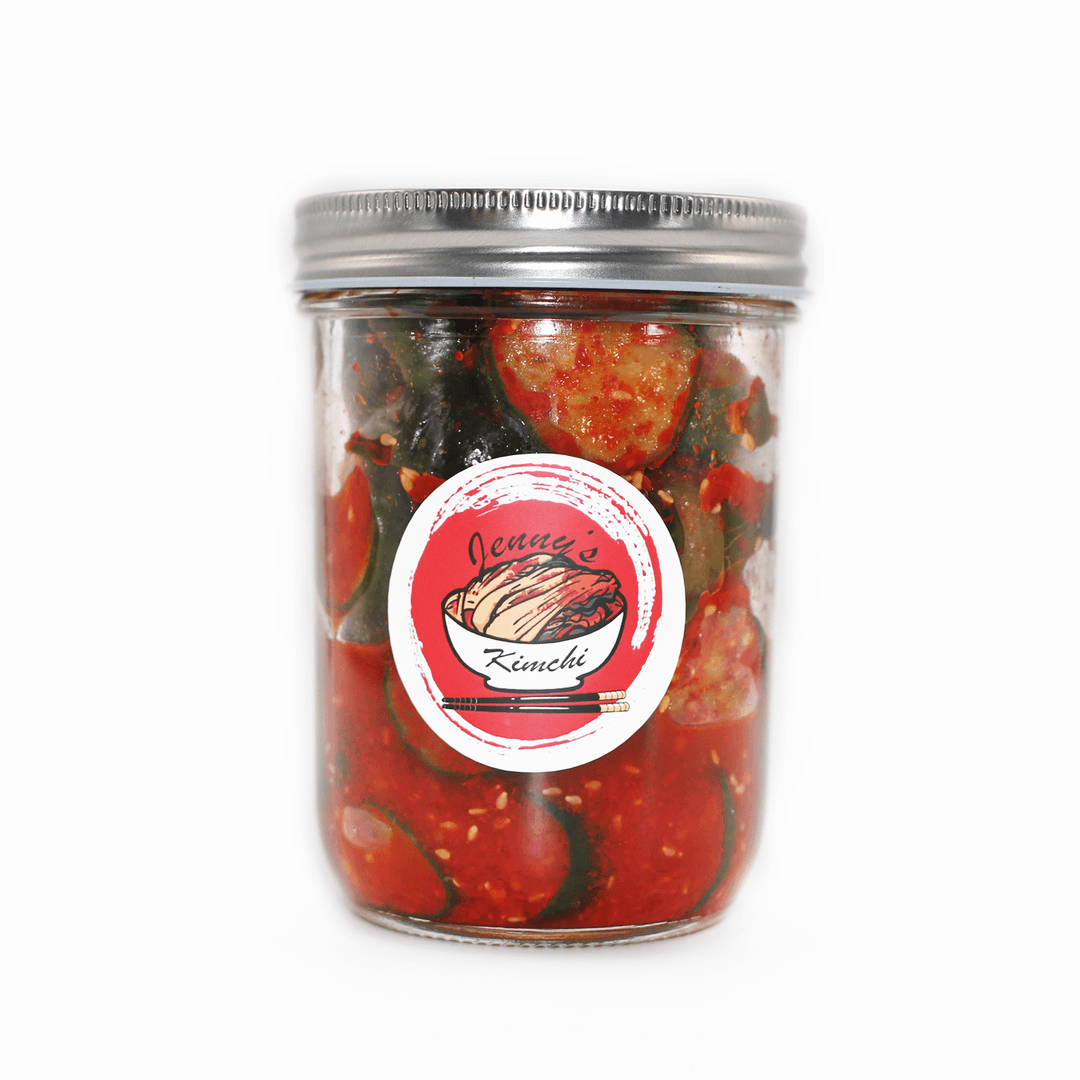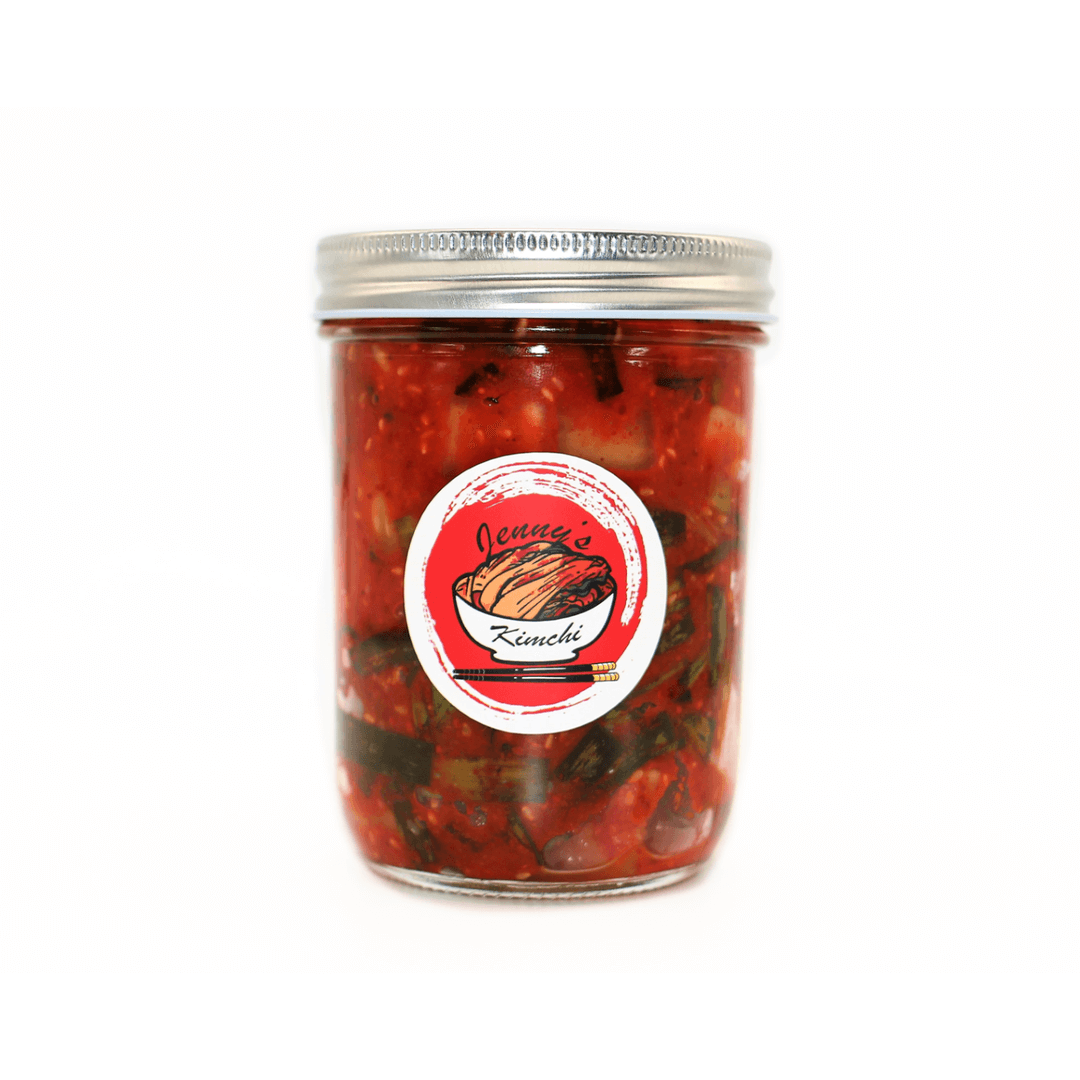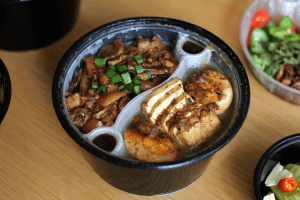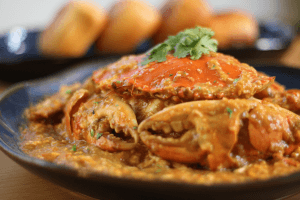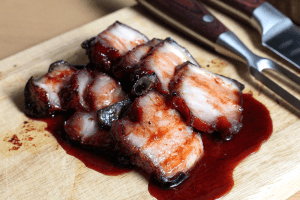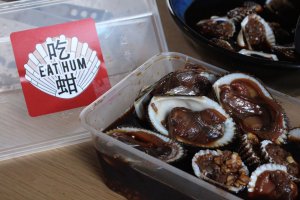It lingers on your tongue with a gentle tingle that reminds you that it’s time to take another bite.
Quick Bite
3 different strokes for 3 different folks. There’s something for everyone here regardless of your affinity to kimchi. I thoroughly enjoyed the relatively balanced flavour profiles. Sweet, spicy, sour in a perfect union with an incredible mouthfeel to top it off as a well-rounded side dish that I’d have no qualms eating on its own. My clear winner would definitely be the cucumber, but you pick whichever version you’d like and I’m sure you’d be able to tell straight away that this is a really good kimchi.
Crisp and crunchy, sour and spicy, eaten almost like candy. Let me preface this commentary by saying I never really understood the appeal of kimchi. However, Jenny’s Kimchi opened my eyes to all the different varieties beyond just the cabbage based one you see on every Korean drama. I’m swelling with regret for all the times I’ve been to a Korean BBQ, and unknowingly forewent the perfect side dish to my grilled pork. For people who have little to no knowledge of kimchi, Jenny’s is a great starting point.
We ordered the Jenny’s trio, with cucumber, radishes and cabbage, to have a variety of flavours and textures to explore and experience. They came nicely packaged in glass bottles, which help to keep fermented flavours pure during the process, and a good sign of the quality of what lay in front of us.

THE CUCUMBER KIMCHI

We started off with a more familiar vegetable first. The first thing you notice is the surprising crunch. I don’t think I’ve even eaten fresh cucumber that was this crunchy. The mouthfeel alone makes this so easy and actually enjoyable to eat. I was popping these like candy. Biting into these releases the flavour over time, and you can noticeably taste the different profiles as you chew. It starts off with the underlying flavour of the vegetable, the garlicy undertones, before progressing into a mild spice and a tart conclusion. Despite what the deep red coating might indicate, the spice wasn’t overwhelming in the slightest. It wouldn’t be difficult to eat a plate of this in one go. It lingers on your tongue with a gentle tingle that reminds you that it’s time to take another bite. The sourness wasn’t excessive either. It added another layer of flavour and rounded off the dish nicely. It takes a good amount of skill as a chef to balance two sharp flavours in a dish without obliterating the other flavours, even more so when it involves fermentation. I personally think that this was the best of the lot for a beginner like me. It’s fun to eat, and can be eaten on its own as a crunchy, flavourful snack.
THE CABBAGE KIMCHI

This is the quintessential style of kimchi you’ll see served in every Korean restaurant. The cabbage itself still retained a delicate crispness, far above and beyond the usual mushy supermarket kimchi. I could imagine this as a great complement to a salty and savoury dish of grilled pork belly. It’s refreshing and spritely for a fermented dish, and would go great against the heavy, oily flavours of grilled meat. The overarching flavour came out a little spicier than the other two, probably because there’s a lot more surface area for the paste to cling on to. I think that this would be the best accompaniment to any BBQ dinner, or if you’d prefer a little bit more spice in your life.
THE RADISH KIMCHI

This was my wildcard for the evening. This vegetable yielded a softer crunch than the cucumber, if you’ve eaten Daikon radish before this wouldn’t be foreign to you. The radish doesn’t really have any flavour on its own, so you’ll be tasting a lot more of the homemade kimchi paste. Overall, the flavours were mostly the same, but the tartness came through more so than the other two.

